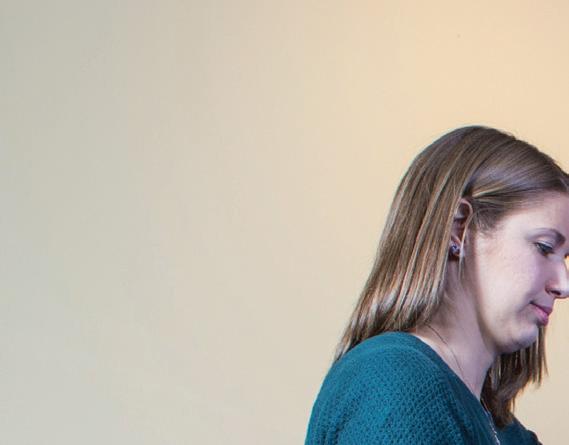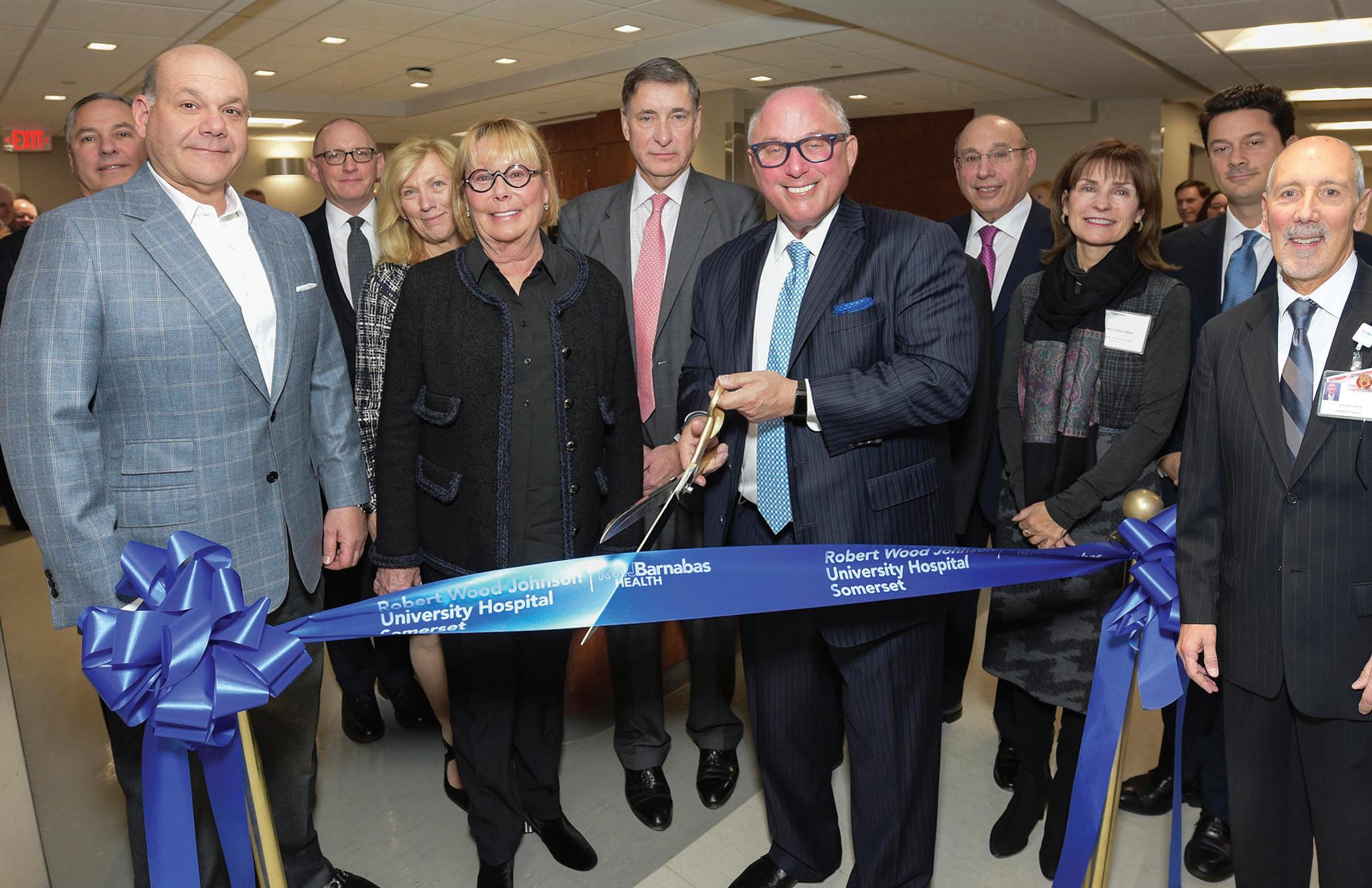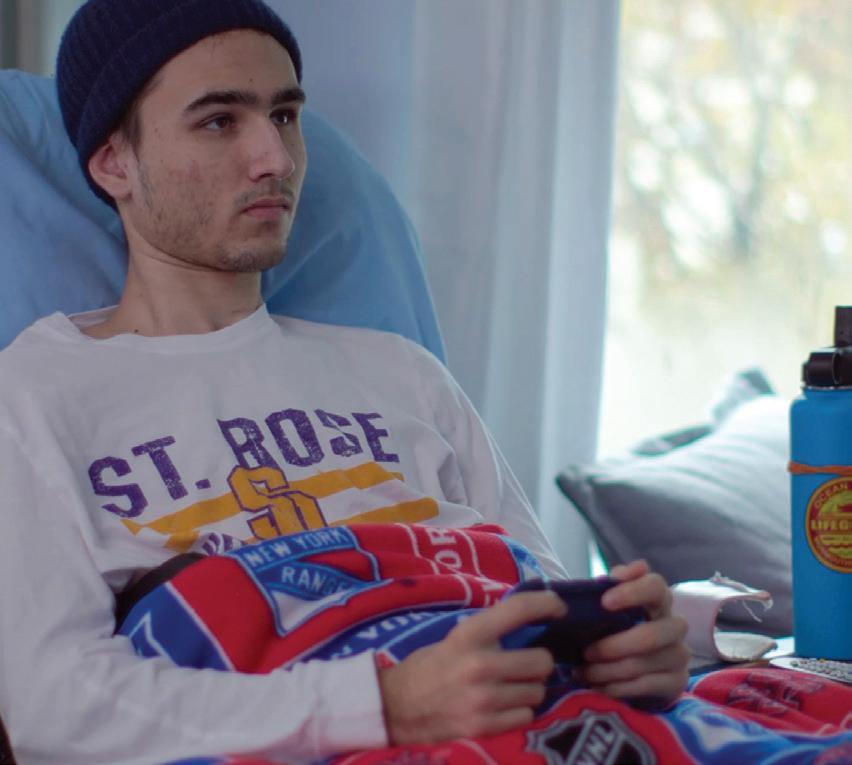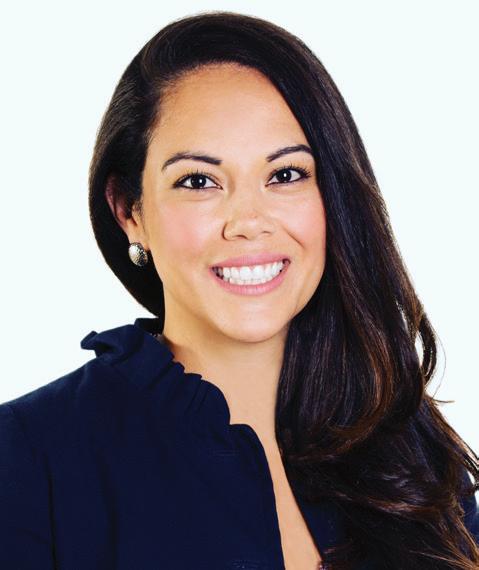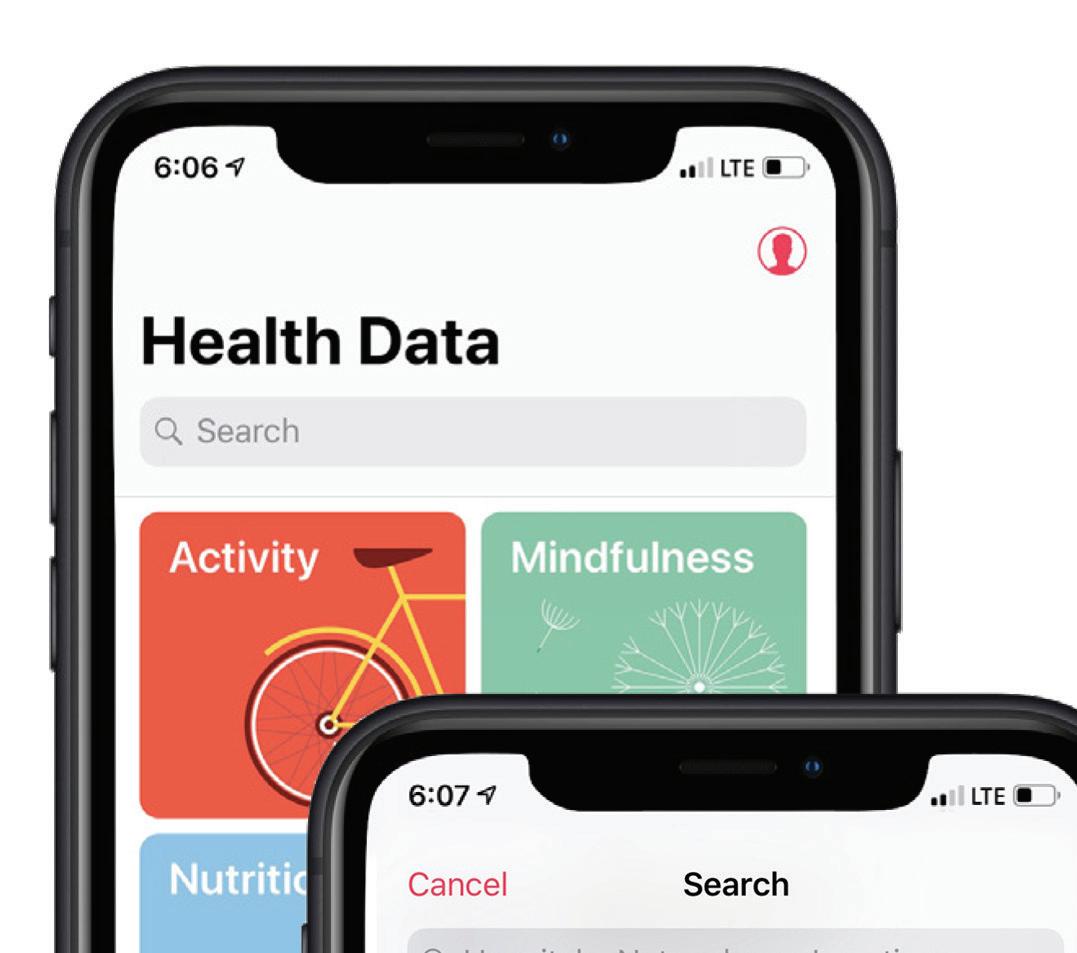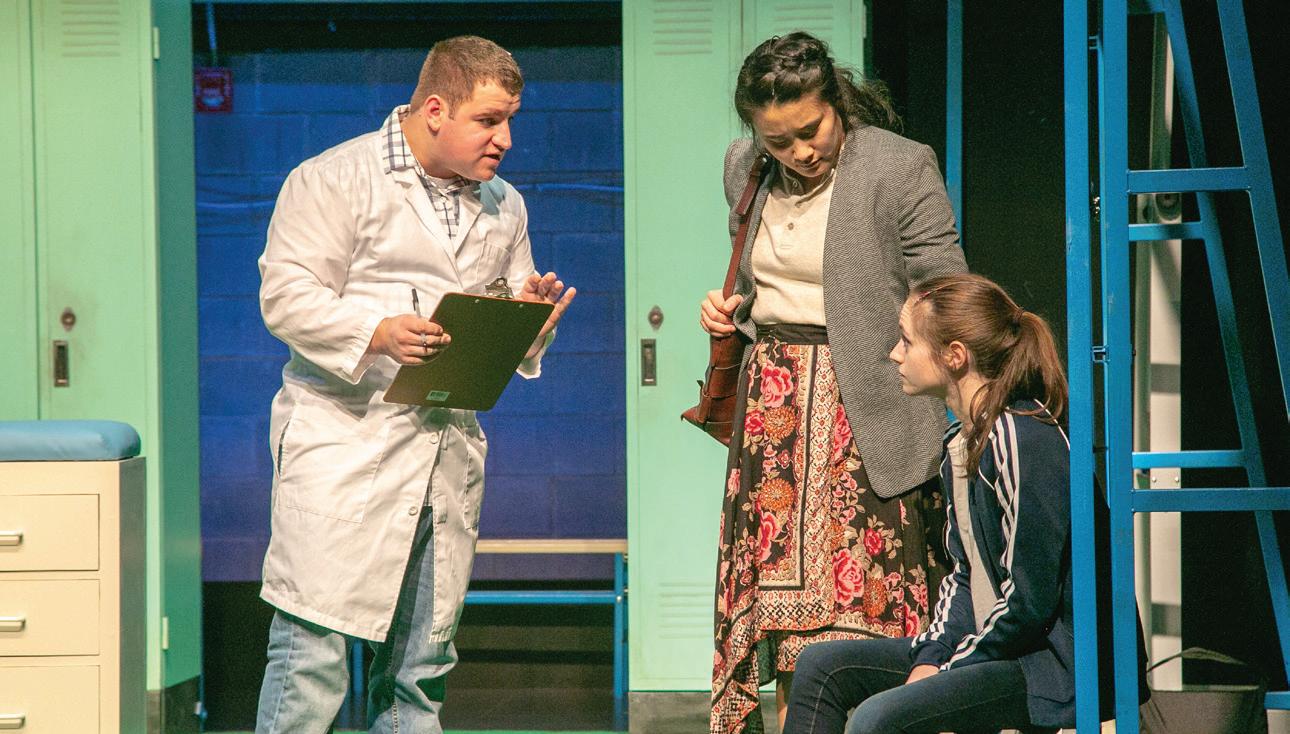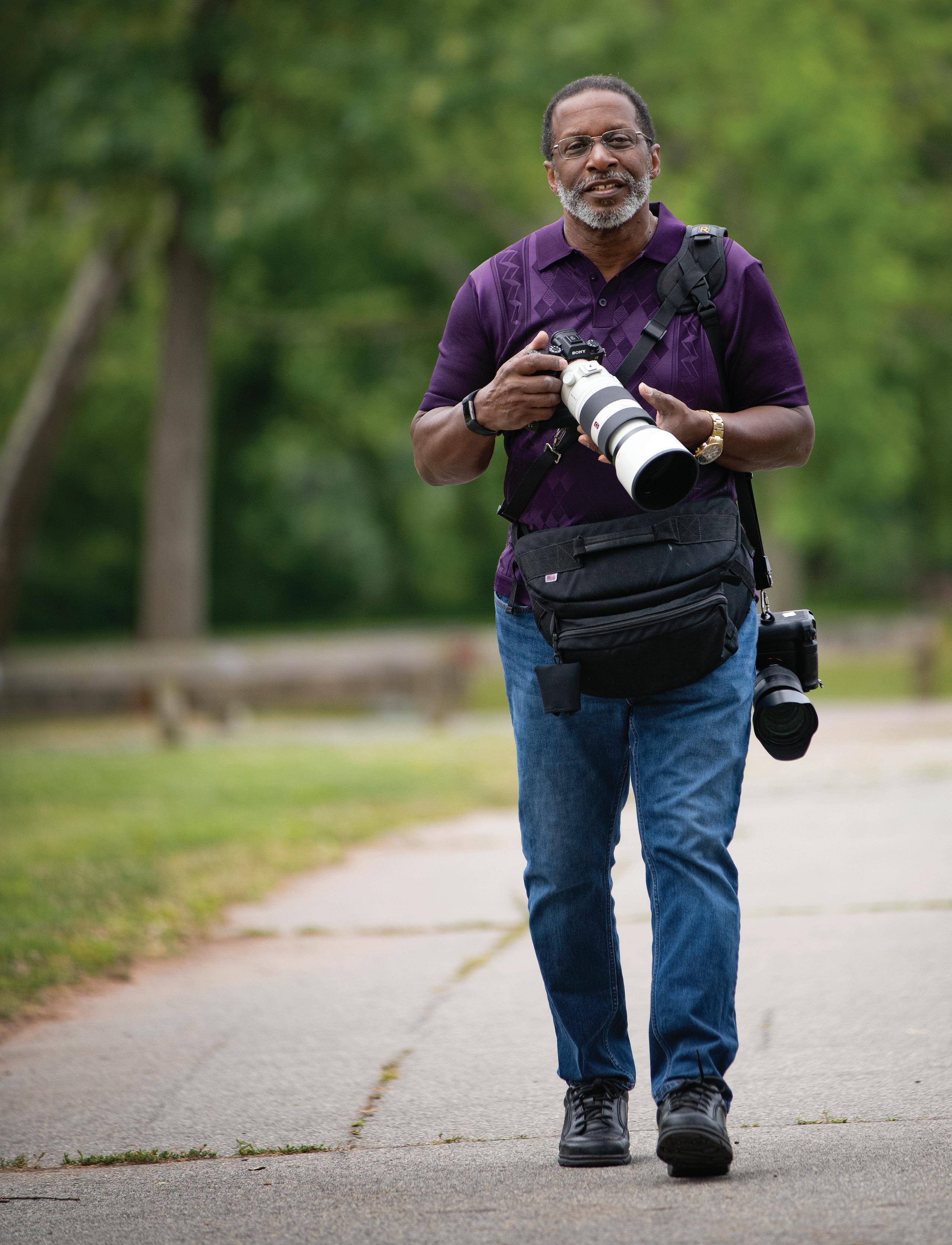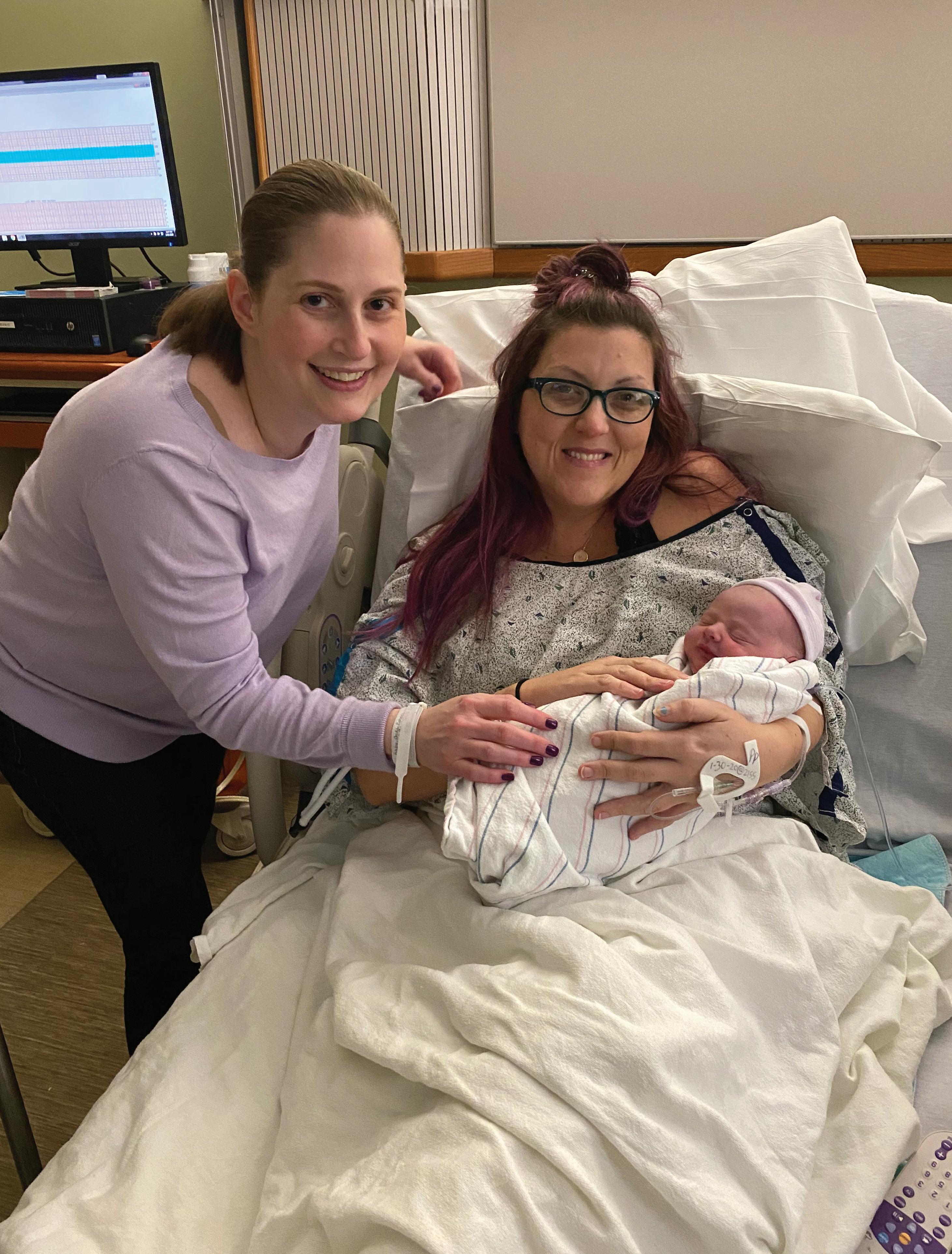
8 minute read
BACK IN THE SWING OF THINGS. Thanks to ankle
BACK IN THE SWING OF THINGS


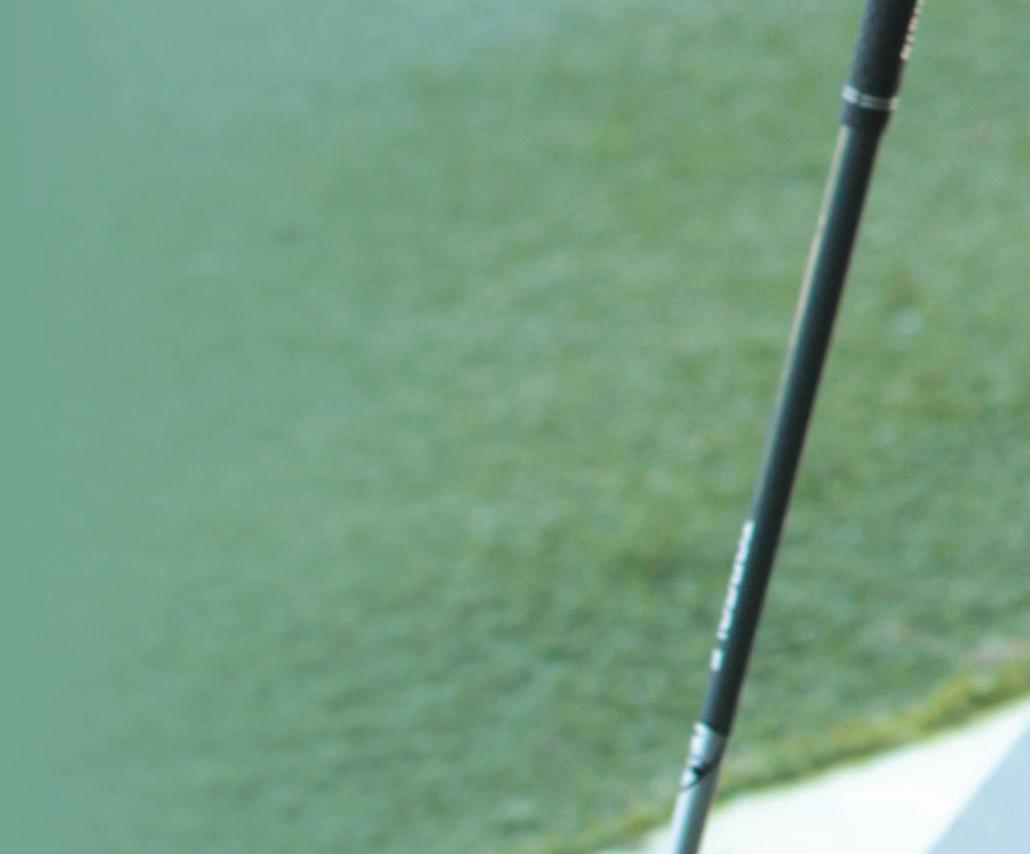

THANKS TO A SUCCESSFUL ANKLE SURGERY, ONE PATIENT IS PAIN-FREE AND HAS ALREADY HIT THE LINKS.
For more information about orthopedic services, visit www.rwjbh.org/ortho. For a physician referral, call 888.724.7123.


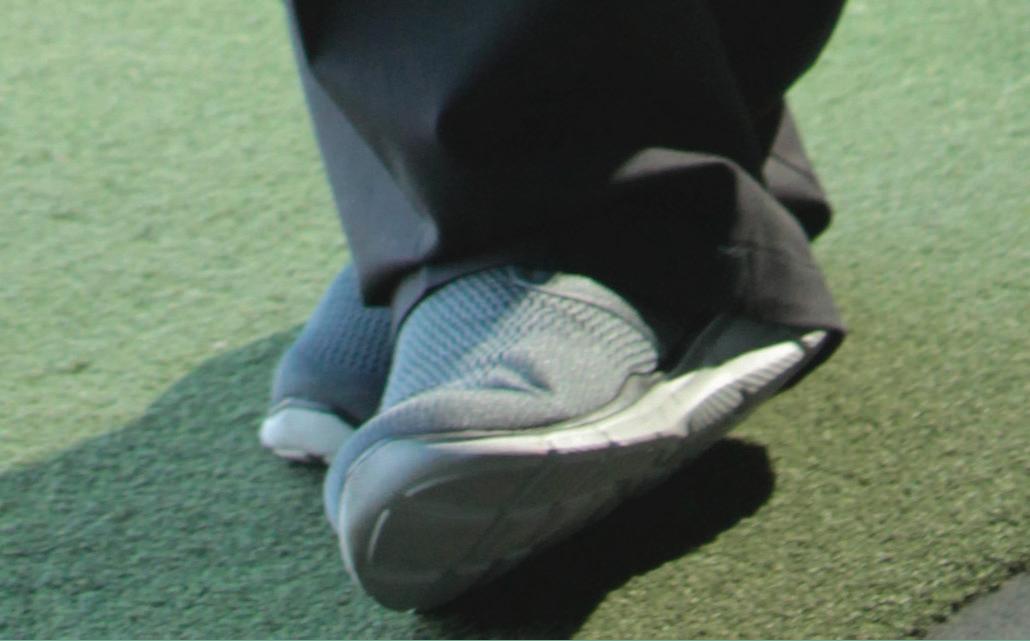
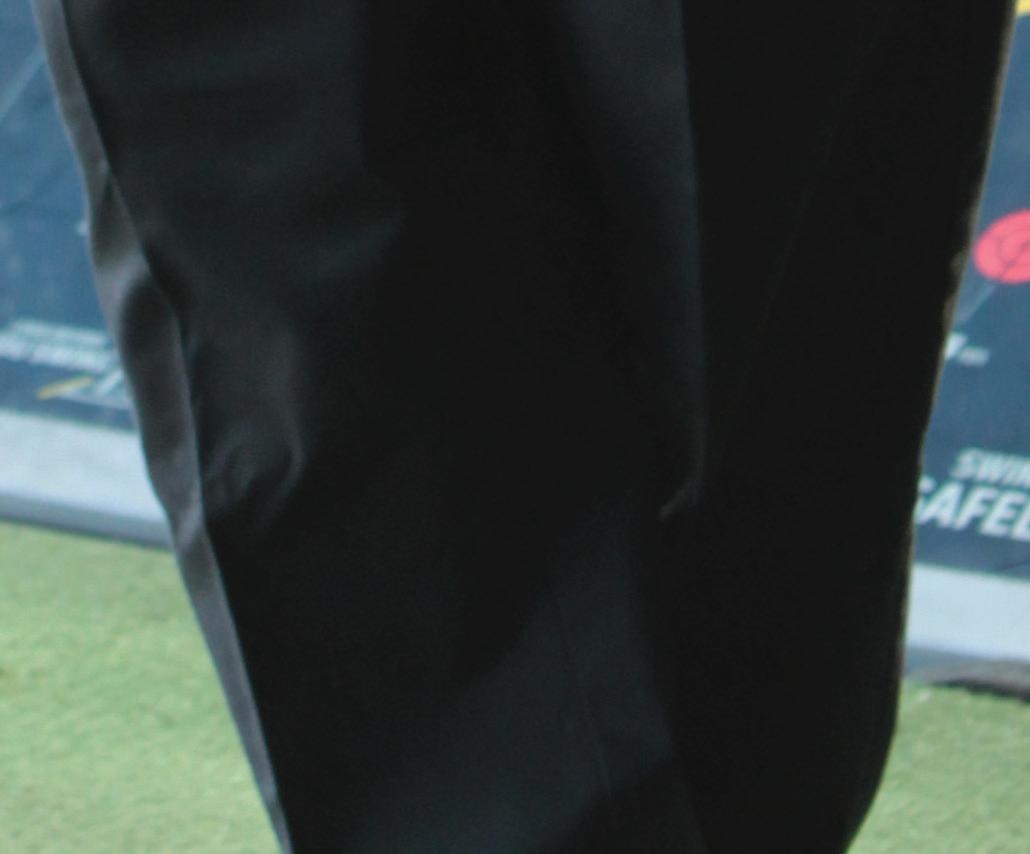
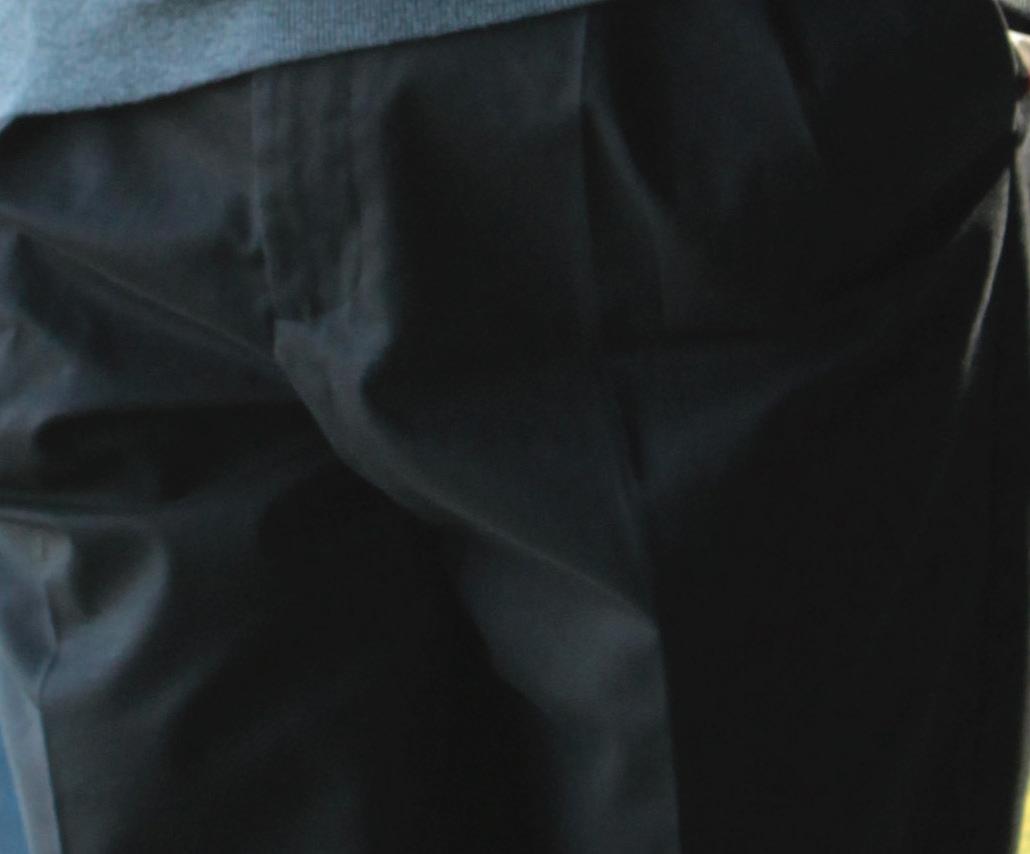
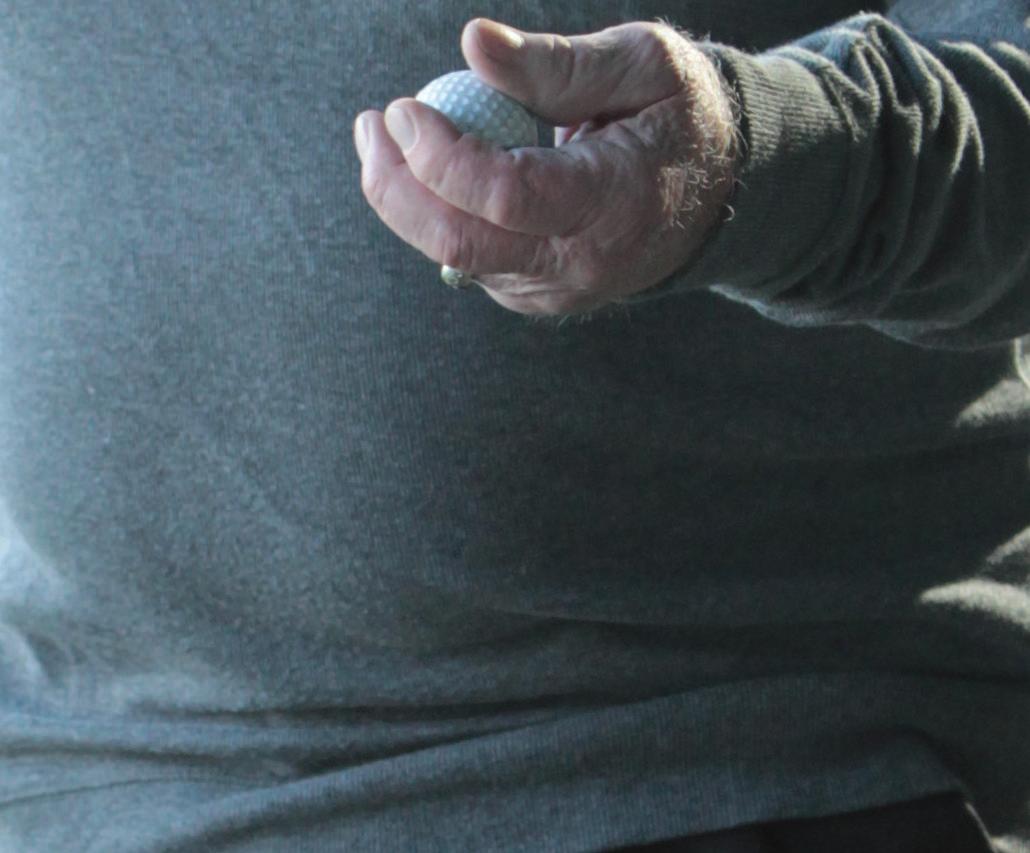
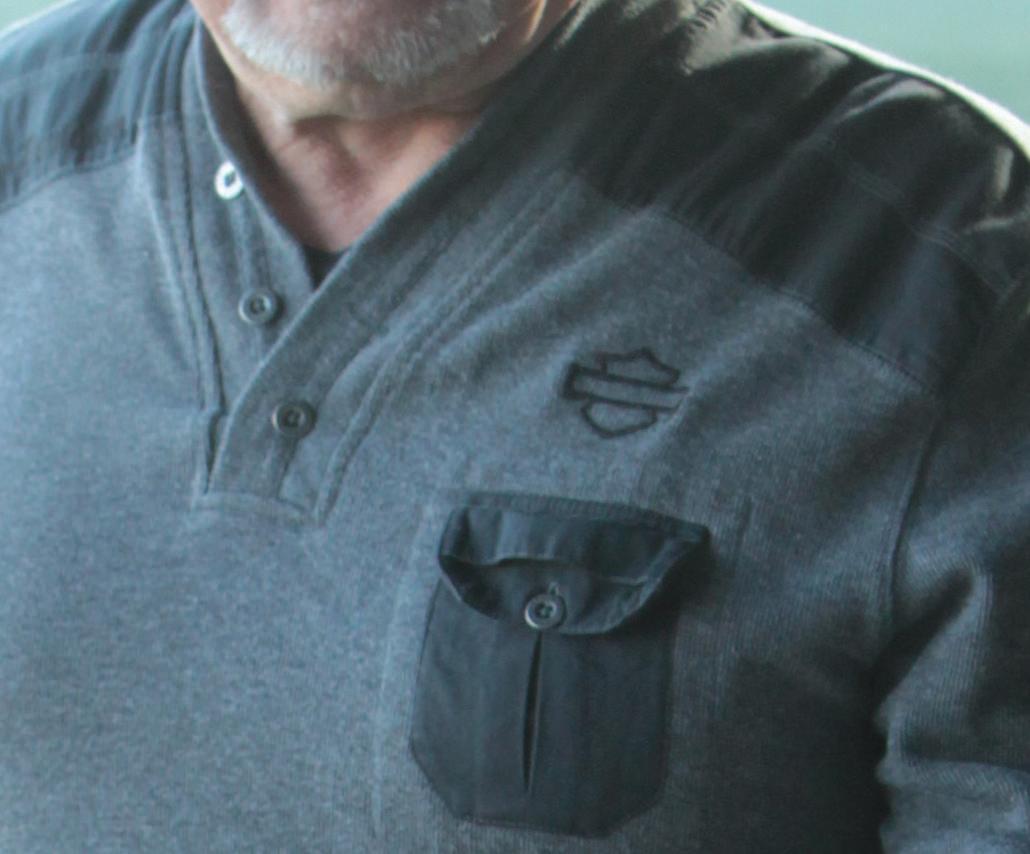
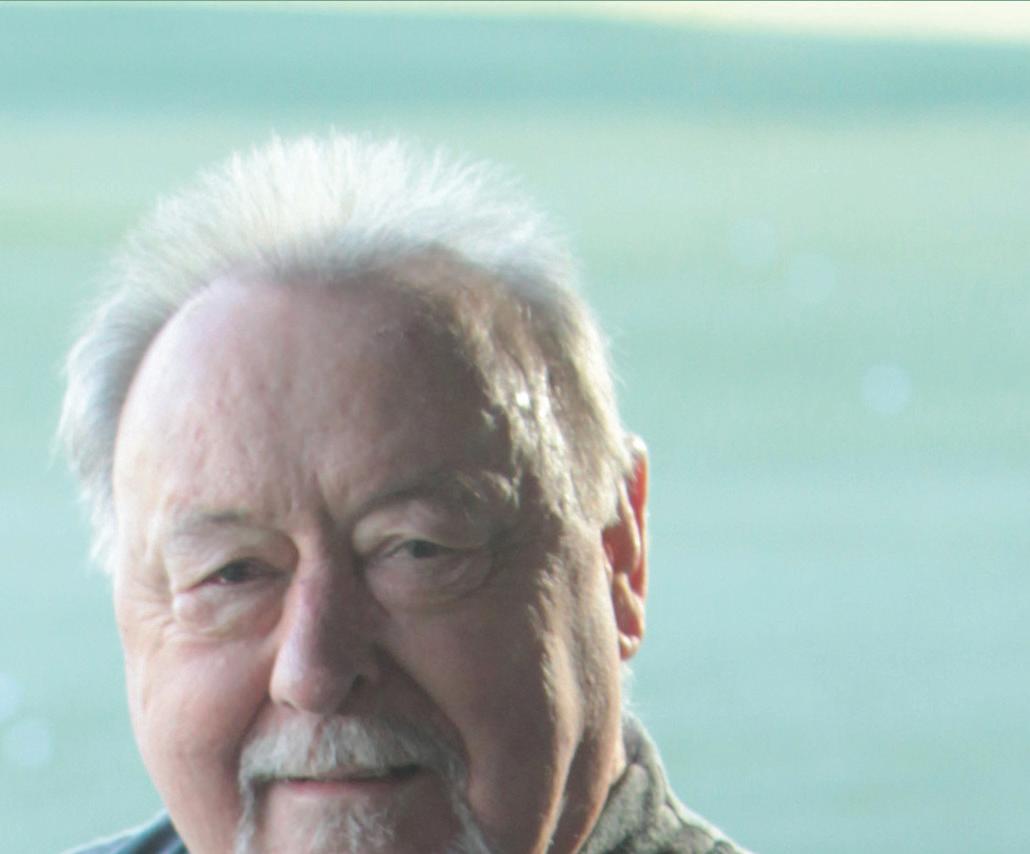
Ankle replacement surgery has enabled Tim Mayo to return to the activities he enjoys most.
Tim Mayo loves sports—golf, softball, bowling, basketball— you name it, he’s played it. But intensifying pain and wobbliness in his left ankle left the North Brunswick resident struggling to climb stairs and walk the length of his lawn last year. “I was even afraid to go fishing,” says Tim, 70. “My ankle was so unstable I could have fallen in the water. I gave up everything.”
Tim has an autoimmune disorder, which damaged his left hip and shoulder joints. It also destroyed the cartilage in his left ankle, causing pain, inflammation and swelling. His rheumatologist, Alan Lichtbroun, MD, Clinical Associate Professor of Medicine at Rutgers Robert Wood Johnson Medical School, told Tim that he had severe ankle arthritis.
Tim made an appointment with Justin Fleming, DPM, FACFAS, a foot and ankle surgeon at Robert Wood Johnson University Hospital (RWJUH) Somerset. Dr. Fleming recommended surgery to replace Tim’s badly damaged ankle with an artificial joint implant.
A PRECISE PROCEDURE
Unlike hip and knee arthritis, which is usually caused by wear and tear in the joints, ankle arthritis is typically caused by cartilage loss following trauma to the joint, such as a dislocation or fracture. Until recently, the conventional surgical treatment for severe ankle arthritis was ankle fusion, in which the leg and foot bones that form the joint are fused with screws, plates or other hardware. This procedure relieves pain, but it limits the joint’s range of motion. Ankle replacement surgery, on the other hand, allows patients to remain active. The procedure is ideal for those who can no longer manage pain and gait instability with medications, braces and other nonsurgical treatments. (For more information, see “Is Ankle Replacement for You?”) Tim had never heard of ankle replacement surgery. While some 600,000 Americans have total knee JUSTIN FLEMING, DPM replacements each year and another 300,000 receive artificial hips, only about 4,000 Americans undergo ankle replacement surgery annually. However, the number of patients who receive artificial ankles is increasing, thanks to improved implants and refined surgical techniques. “Placement of the implant is really important,” says Dr. Fleming. “An artificial joint that’s misaligned by just a few degrees may wear out too soon.”
To ensure the most precise alignment, Dr. Fleming takes a computed tomography (CT) scan of a patient’s ankle, which is sent to a team of engineers who create an alignment guide based on the person’s unique anatomy. During surgery, Dr. Fleming places the guide on the patient’s bones to determine where to remove joint tissue and place the new joint. With this cutting-edge technology, “we get a more predictable, uniform outcome than we could before,” says Dr. Fleming.
Like any artificial joint, an ankle implant may need to be adjusted or even replaced eventually, but 80 to 90 percent of today’s devices last for 15 years.
A SUCCESSFUL OUTCOME
Dr. Fleming performed Tim’s ankle replacement in July 2019. Prior to the procedure, an anesthesiologist placed Tim under general anesthesia and applied a local anesthetic to numb the nerves behind his left knee, which helps to limit postoperative pain. The surgery required a five-inch incision on the front of Tim’s ankle. It took about two hours to remove bone and implant the new joint. After an overnight stay in the hospital’s Orthopedic Pavilion, a 35-bed unit with private rooms, Tim went home. “The accommodations were fantastic,” says Tim. “And the care was wonderful—the nurses were very attentive.”
Tim is also grateful for Dr. Fleming’s care. “The surgery has been lifechanging,” he says. Tim wore a protective boot and took it easy for two months while the incision healed, but today he walks and climbs the stairs without any pain. In fact, Tim has been cleared to resume all moderate-intensity activities. “I’m on my feet all day,” says Tim. “I can cut the lawn, and I’ve been able to play nine holes of golf.”
IS ANKLE REPLACEMENT FOR YOU?
The ideal candidate for total ankle replacement surgery is: • 50 or older (the artifi cial joint lasts for about 15 years) • someone who has a body mass index (BMI) less than 40 • a nonsmoker (tobacco use decreases blood fl ow to the foot and ankle, which damages bone tissue) • someone who engages in lowor moderate-intensity activities (playing high-intensity sports like basketball could damage the implant)
PROTECT YOUR ANKLES
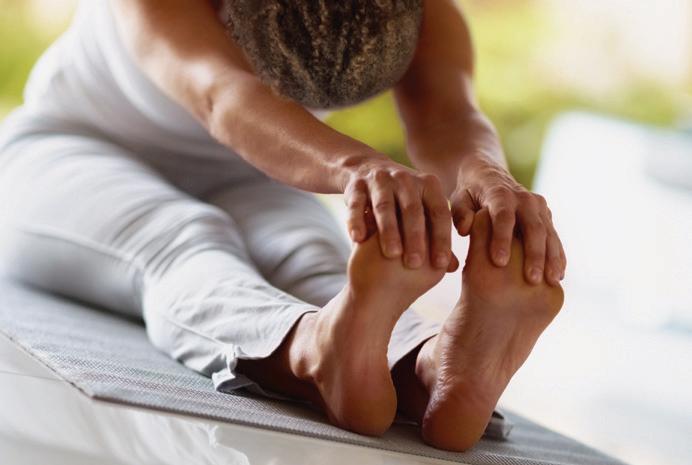
The following tips can help you maintain healthy ankles: • Stretch your ankles frequently— especially before exercising.
This will help keep the muscles fl exible. Tight muscles are more prone to injury. • If you sprain your ankle, see your physician. Left untreated, a sprain can weaken ligaments and lead to recurrent injuries. • Check the soles of your shoes for heavy wear on the outside. This is an indication that you “tip” your ankles outward, which could injure a ligament. Consider seeing a podiatrist or other foot and ankle specialist for an evaluation.
110 Rehill Avenue, Somerville, NJ 08876
NONPROFIT U.S. POSTAGE PAID Lebanon Junction, KY PERMIT #799
Community Calendar
Robert Wood Johnson University Hospital Somerset’s Community Health Department is offering a variety of free online community health education programs this fall.
Mindful Eating: Are You Conscious of Your Consumption?
In this webinar, discover strategies to improve your relationship with food and activity. Learn about RWJUH Somerset’s new 10- week Mindfulness-Based Eating Awareness Program. Amy Walsh, CDE, certifi ed diabetes educator and manager of the Diabetes Education Center
Wednesday, September 16 12 to 12:30 p.m. To register, visit https://tinyurl.com/ ycdh9vb3.
The Prostate Paradigm
This webinar will focus on urological conditions, such as incontinence, benign prostatic hyperplasia and prostate cancer. You’ll learn about risk factors, signs, causes, diagnostic testing and different types of surgery, including the da Vinci Robotic Surgical System. Dhiren Dave, MD, urologist and robotic surgeon
Tuesday, September 22 12 to 12:30 p.m. To register, visit https://tinyurl.com/ ycpn5e5c.
Facing Ovarian Cancer: A Woman’s Guide to Health
In this webinar, you’ll develop a better understanding of ovarian cancer. You’ll learn about risk factors, symptoms, causes, diagnosis and treatments. Fertility preservation will also be discussed. Mihae Song, MD, gynecologic oncologist
Wednesday, September 30 12 to 12:30 p.m. To register, visit https://tinyurl.com/y7knegsk.
Bouncing Back from Rejection: Build the Resilience You Need to Get Back Up When Life Knocks You Down
In this webinar, learn to cope better with rejection and bounce back after diffi cult experiences by developing confi dence and compassionate selfawareness through fi ve domains: Sensations, Thoughts, Emotions, Actions and Mentalizing (STEAM). You’ll learn how to relate to yourself and others in more positive ways, even when diffi cult situations arise. Leslie Becker-Phelps, PhD, psychologist and author of “Bouncing Back from Rejection”
Wednesday, September 23 12 to 12:30 p.m. To register, visit https://tinyurl.com/y7t5rqs6. Make Time for Mammography
According to Susan G. Komen, breast cancer deaths among African American women were 42 percent higher than those among other women between 2010 and 2014. This special webinar for African American women will cover the reasons for the increased mortality, strategies to reduce the risks and the importance of getting an annual mammogram. Attiyyah Muhammad-Callaway, RN, Procedure Nurse
Tuesday, October 6, 12 to 1 p.m. To register, visit https://tinyurl.com/ ycx8kot3.
The Osteo Trifecta: Penia, Porosis and Arthritis
Understand the differences between osteopenia, osteoporosis and osteoarthritis. You’ll learn about risk factors and causes, the stages of osteoporosis and the types of osteoarthritis. You’ll also discover the role of diet; diagnostic tools; and the latest treatments. Stephen Kayiaros, MD, orthopedic surgeon Marcella O’Herlihy, RN, BSN, total joint coordinator
Tuesday, October 13 6:30 to 7:30 p.m. To register, visit https://tinyurl.com/ y8vdz3my.
Airing Out Respiratory Risks
Discover strategies for improving respiratory health; the correlation between air quality and lung health; and the benefi ts of deep breathing.
Breast Cancer Clusters: Blown Out of the Water featuring Erin Brockovich
Discover your risks for breast cancer; causes, including environmental contaminants; signs; diagnostic tools (ie. mammogram, ultrasound and MRI); and the latest treatment options, including RWJUH Somerset’s High Risk Breast Cancer Program. Erin Brockovich, the renowned crusader whose case against Pacifi c Gas and Electric was dramatized in the Oscar-winning fi lm, will share her story, inspire change that looks at our present situation with water and reveal the imminent threats to our most precious and essential element. Erin Brockovich, environmental activist, consumer advocate and author Deborah Lue, MD, breast cancer surgeon
Wednesday, October 21 7 to 8:30 p.m. To register, visit https://tinyurl.com/y9ttehty.
You’ll also learn about lung conditions —risk factors, causes, diagnostic tools and the latest treatments. Carol Yuan, MD, pulmonologist


